Tiptop PMR – (F1) Acorn Squash Seed
$4.55 Original price was: $4.55.$3.20Current price is: $3.20.
1999 in stock
Better-tasting larger acorn.
More flavorful than others this size; a real improvement over old standards. Holds its black-green color very well in storage. Vigorous, larger, semibush plant with later maturity. Intermediate resistance to powdery mildew. Avg. weight: 2–3 lb. Avg. yield: 5–7 fruits/plant. Also available organic. Avg. 4,400 seeds/lb. Packet: 30 seeds.
SCIENTIFIC NAME: Cucurbita pepo
CULTURE: Fertile, well-drained soil with a pH of 6.0–6.8 is best. Plastic mulch and fabric row covers (AG-19 grade) can aide plant establishment and exclude insect pests during the seedling stage. Row covers should be removed when plants begin to flower. Poor fruit development may indicate insufficient pollination.
TRANSPLANTING: Sow 2-3 seeds per 2" container or plug flat about 3 weeks prior to transplanting. Thin to 1 plant/container or cell with scissors. Harden plants 4–7 days prior to transplanting. After danger of frost has passed, transplant out according to the spacing recommendations for each variety. Handle seedlings carefully; minimal root disturbance is best.
DIRECT SEEDING: Sow 2 seeds at the appropriate spacing interval for the variety’s vine length, 1/2-1" deep. Thin to 1 plant per spacing interval after seedlings are established.
PLANT SPACING: Bush to short-vine habits generally require 6′ between-row spacing, while long-vine habits require 12′ between-row spacing. In-row spacing depends on fruit size and is generally: small, 18-24"; medium, 24-36"; large, 36-48".
DISEASES: Common cucurbit diseases include powdery mildew, downy mildew, bacterial wilt, and phytophthora. Avoid problems with adequate soil drainage, good air flow, insect pest control, and crop rotation. If necessary, check with your local Cooperative Extension Service agent for specific control options.
INSECT PESTS: Cucumber beetles, squash bugs, and vine borers are all common pests for cucurbits. Protect young plants with floating row cover. Squash bug eggs found on the undersides of leaves may be crushed by hand. For vine borers, cut out of vines and hill soil over the wound. Keep field borders mowed and remove plant refuse in the fall; spring plow to bury pupae. Insecticides (specifically pyrethrin sprays) may offer some control.
HARVEST: Fruits are typically ready about 50-55 days after fruit set, and should be harvested before any hard frosts. Cut fruits from vines and handle carefully. Sun cure by exposing fruits for 5-7 days or cure indoors by keeping squash at 80-85°F/27-29°C with good air ventilation.
STORAGE: Store at 50-60°F/10-15°C, 50-70% relative humidity and good ventilation. Repeated exposure to temperatures below 50°F/10°C may cause chilling damage. Acorns are delicious right from the field, and are generally less palatable 3 months after harvesting.
DAYS TO MATURITY: From direct seeding; subtract about 14 days if transplanting.
AVG. DIRECT SEEDING RATES: (at 2 seeds/ft., rows 6′ apart) 1 oz/155′, 1 lb./2,500′, 3 lb./acre.
SEED SPECS: See individual varieties.
PACKET: 30 seeds.
| Weight | 1 kg |
|---|---|
| Dimensions | 1 × 1 × 1 cm |
Be the first to review “Tiptop PMR – (F1) Acorn Squash Seed” Cancel reply
Shipping is an additional 15-29 business days depending on location. Shipping time will be provided at checkout.
Returns
If seeds fail to leave China, we will refund your payment 100%. But if seeds fail to reach you due to customs problem on your side which we were not informed in advance, we will not be able to bear any loss, and no refund will be made.
We sell only viable plants seeds online, and test germination of our seeds from time to time. So we will not be able to refund for seeds that clients fail to germinate, unless we are convinced that it's truly problem of our seeds.
———
Please send us an email: seedspay@gmail.com and be as detailed as possible while filling in the information.
After submission, We will reply to you within 24 hours. Please be patient.
———
CHARGEBACKS & DISPUTES
Please contact us by email before opening a merchant chargeback or payment dispute, as we can generally resolve the issue before that takes place. Any chargebacks and disputes disable our ability to issue refunds or credits due to funds being frozen.
———
REFUND, EXCHANGE AND RETURN
Customers have the right to request a refund/ return/ exchange within 14 days from the delivery date. Our Customer Service team will offer the best solutions for specific situations.

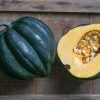
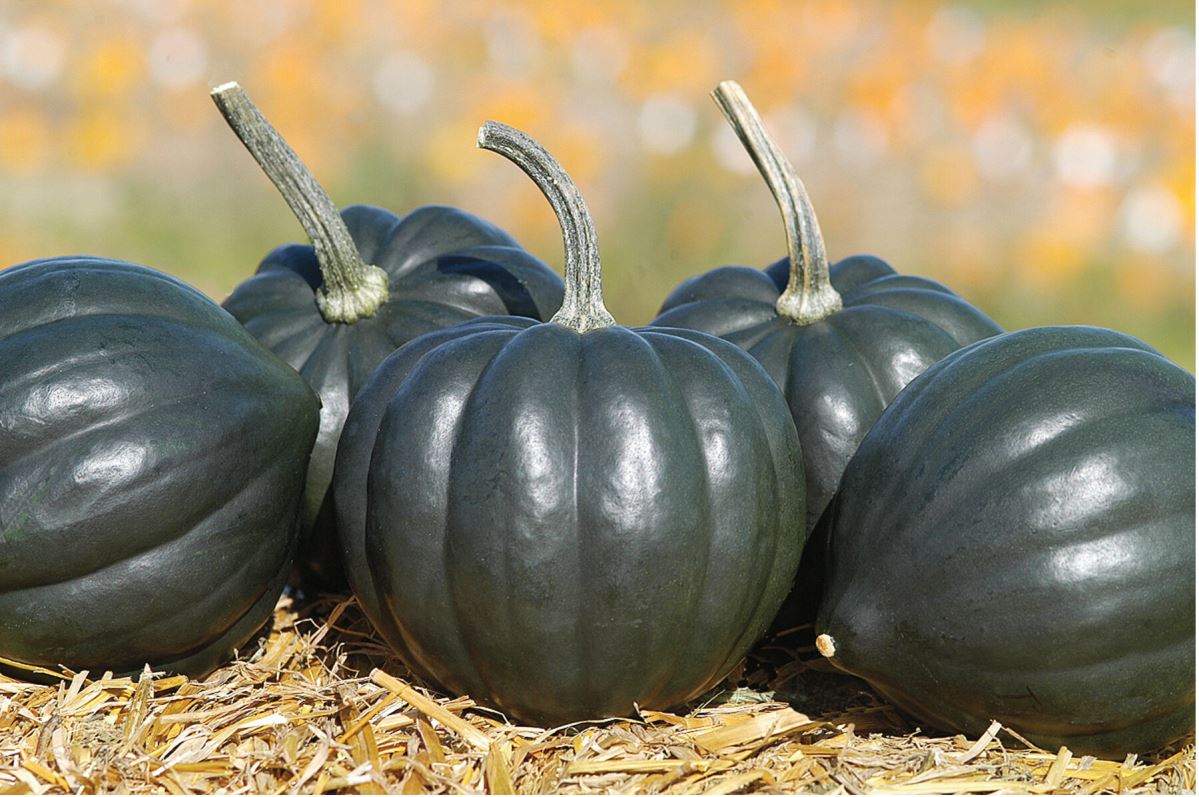

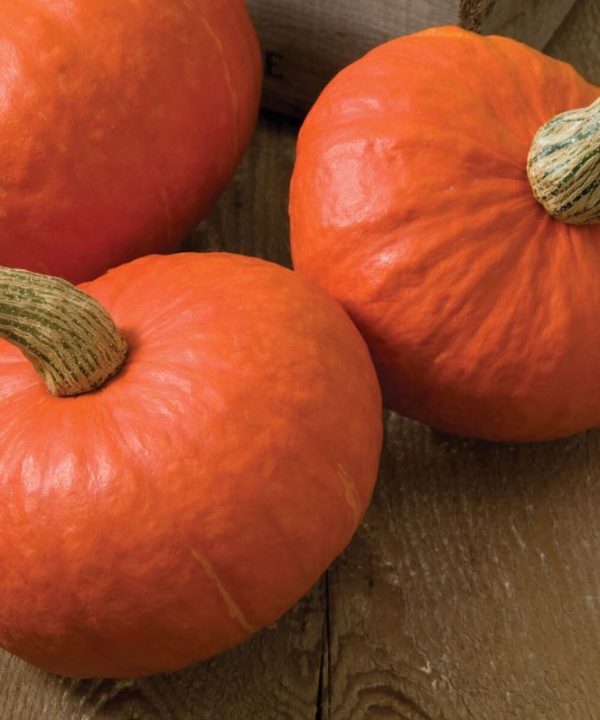
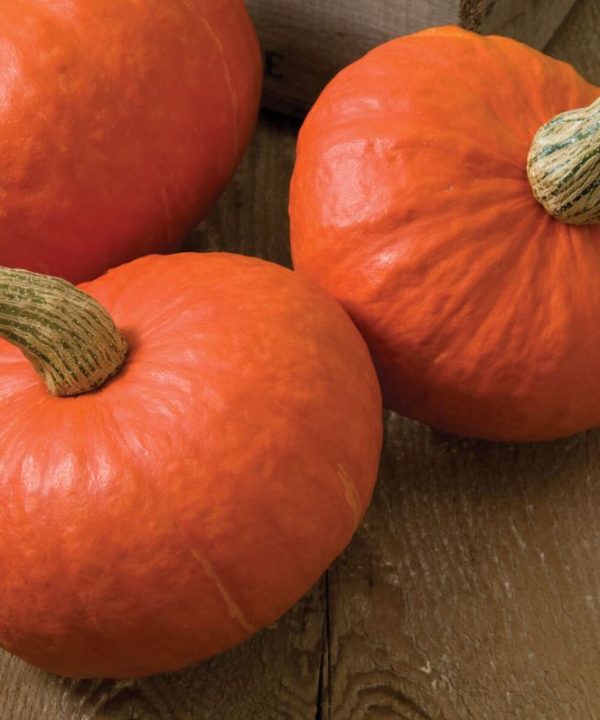
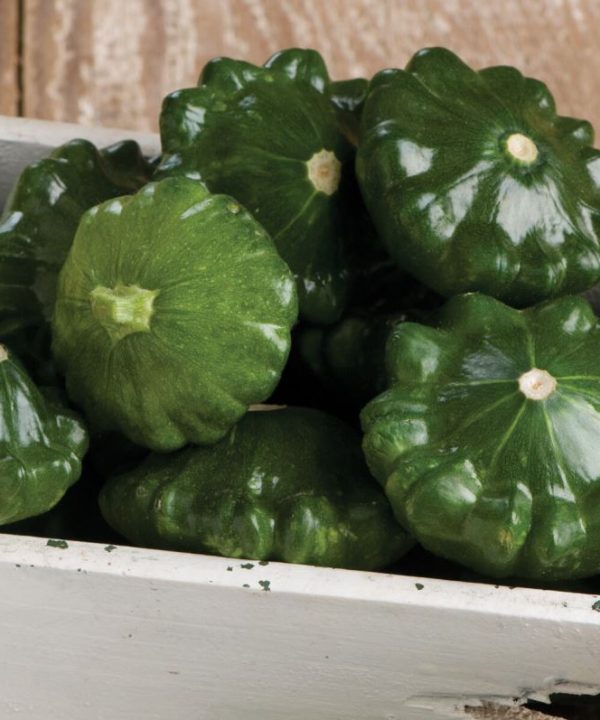
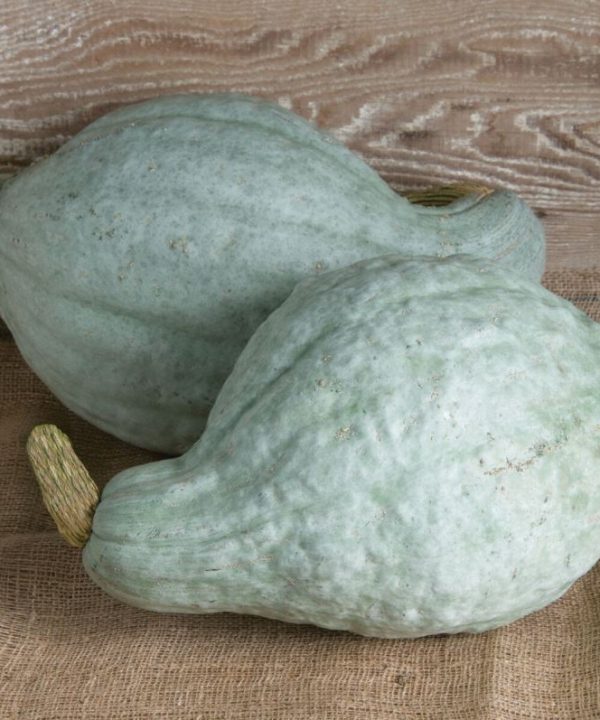
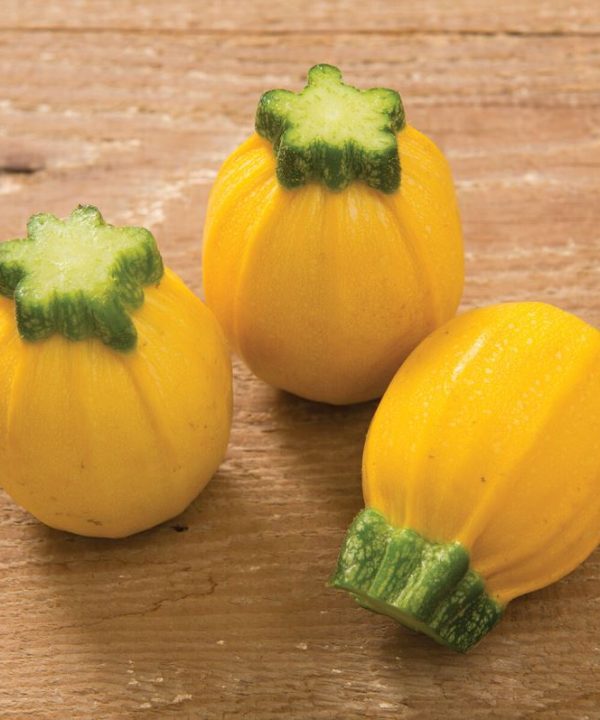
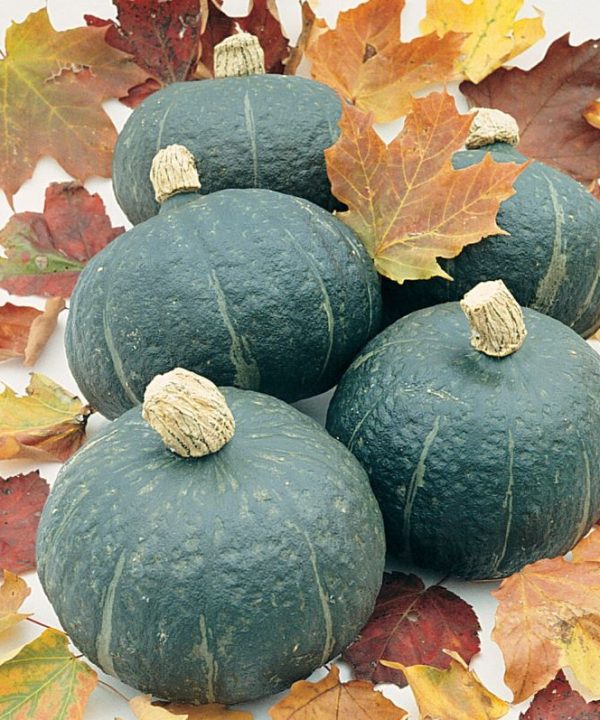
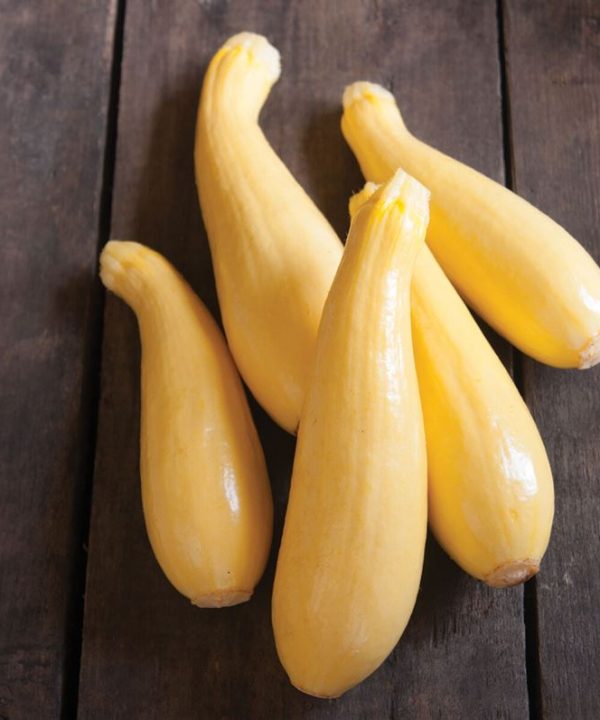
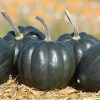
Reviews
There are no reviews yet.